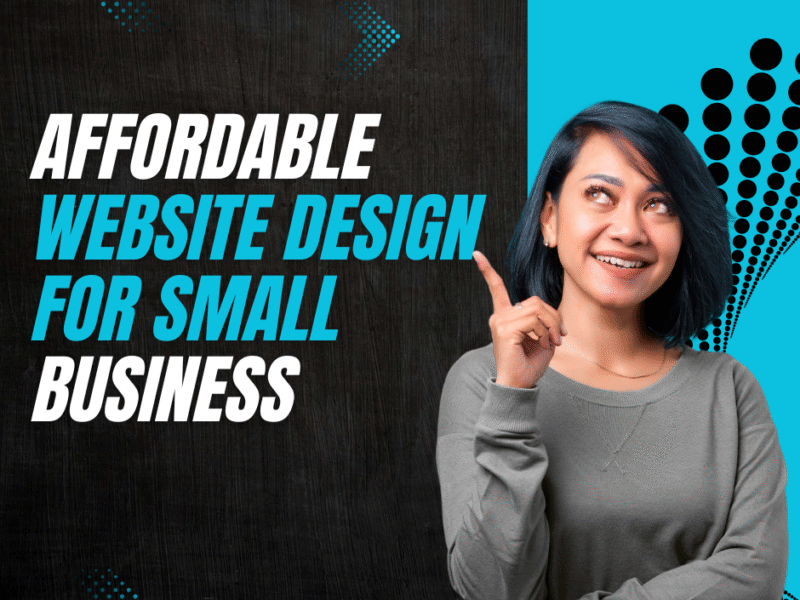What is Figma for Prototyping
Figma for Prototyping” refers to using Figma, a cloud-based design tool, specifically for creating and testing interactive prototypes of digital products like websites and mobile applications. Figma offers various features ideal for prototyping, allowing designers to create realistic and interactive representations of their designs.
Key Features of Figma for Prototyping:
1. Interactive Components: Figma enables the creation of reusable components with interactive states, such as buttons that change appearance when hovered over or clicked.
2. Transitions and Animations: Designers can define transitions between different screens or states, and add animations to elements, making the prototype feel more dynamic and realistic.
3. Real-Time Collaboration: Multiple team members can work on the same prototype simultaneously, making it easier to collaborate and iterate on designs quickly.
4. Prototyping Links and Flows: Figma allows designers to link different frames and define interaction flows, enabling users to navigate through the prototype as they would in the final product.
5. Usability Testing: Prototypes created in Figma can be shared via a link, allowing stakeholders and users to interact with the design in their web browsers and provide feedback.
6. Cloud-Based Accessibility: Being cloud-based means that your prototypes are always accessible, and changes are saved in real time, ensuring that everyone on the team is always on the same page.
Also read: How to Create a WordPress Backup? Step-by-Step solution
Benefits of Using Figma for Prototyping:
1. Efficiency: Figma streamlines the prototyping process with its intuitive interface and powerful features, allowing designers to create interactive prototypes quickly.
2. Consistency: Interactive components ensure consistency across different parts of the prototype, making it easier to maintain a cohesive design.
3. Collaboration: The ability to collaborate in real-time makes it easier to gather feedback and make adjustments, speeding up the design process.
4. User Testing: Easy sharing and interaction capabilities make Figma prototypes ideal for user testing, helping to identify usability issues early in the design process.
5. Cross-Platform: As a cloud-based tool, Figma is accessible on any platform with a web browser, making it versatile and convenient for teams with diverse device preferences.
What Are Prototypes?
Prototypes are early models or simulations of a product used to test and validate design concepts, functionality, and usability before full-scale production or development begins. They serve as a bridge between initial ideas and the final product, allowing designers, developers, stakeholders, and users to explore and refine the design iteratively. Prototypes can vary in fidelity, ranging from simple sketches or wireframes to fully interactive digital models.
Types of Prototypes:
1. Paper Prototypes: Simple sketches or drawings on paper that represent the user interface and flow of a product. These are often used in the early stages of design to quickly visualize ideas and gather feedback.
2. Wireframes: Low-fidelity digital representations of a product that focus on layout and structure without detailed design elements. Wireframes are useful for mapping out the basic flow and organization of content.
3. Mockups: High-fidelity static images that represent the visual design of a product. Mockups include detailed design elements like colors, typography, and imagery, but do not have interactive features.
4. Interactive Prototypes: High-fidelity digital models that simulate the user experience of a product. These prototypes include interactive elements like buttons, links, and animations, allowing users to navigate through the design as they would in the final product.
5. Functional Prototypes: Early versions of a product that include actual code and functionality. These prototypes are used to test specific features and interactions in a more realistic environment.
Benefits of Prototyping:
Validation: Prototypes allow designers and stakeholders to test and validate ideas early in the design process, reducing the risk of costly changes later.
User Feedback: By presenting prototypes to users, designers can gather valuable feedback on usability and functionality, ensuring the final product meets user needs.
Collaboration: Prototyping facilitates collaboration among team members, enabling them to share and refine ideas more effectively.
Iteration: Prototypes support iterative design, allowing designers to make and test changes quickly, improving the design with each iteration.
Communication: Prototypes serve as a visual and interactive representation of the product, making it easier to communicate design concepts to stakeholders and developers.
Prototyping in Figma:
Figma, a popular design tool, offers robust prototyping features that enable designers to create interactive and high-fidelity prototypes. With Figma, designers can:
Link Frames: Connect different screens or frames to simulate user interactions and navigation.
Add Interactivity: Incorporate interactive elements like buttons, hover states, and transitions to create a realistic user experience.
Collaborate in Real-Time: Work with team members simultaneously, gathering feedback and making changes on the fly.
Share Prototypes: Generate shareable links to allow stakeholders and users to interact with the prototype in their web browsers.
Test and Iterate: Conduct usability tests and iterate on the design based on feedback and testing results.
How to Use Figma for Prototyping Effectively:
Prototyping is a crucial part of the design process, allowing designers to test and refine their ideas before finalizing them. Figma has emerged as a powerful tool for prototyping, thanks to its intuitive interface and robust features. In this article, we will explore how to use Figma for prototyping effectively, ensuring that your designs are not only visually appealing but also functional and user-friendly.
Steps to Use Figma for Prototyping Effectively:
1. Plan Your Prototype
Before diving into Figma, it’s essential to plan your prototype. Determine the primary goal of your prototype and outline the key user flows and interactions you want to test. This will help you stay focused and ensure that your prototype addresses the most critical aspects of your design.
2. Create a Wireframe

Start by creating a wireframe of your design. Wireframes are low-fidelity representations of your design that focus on layout and functionality rather than visual details. This step allows you to map out the structure and flow of your prototype without getting bogged down by aesthetics.
3. Design High-Fidelity Screens
Once your wireframe is complete, you can start designing high-fidelity screens. Use Figma’s design tools to create visually appealing and detailed screens. Pay attention to typography, color schemes, and other design elements to ensure a cohesive and attractive design.
4. Add Interactive Components
With your high-fidelity screens ready, it’s time to add interactivity. Use Figma’s interactive components to create buttons, links, and other elements that users can interact with. Ensure that these components are consistent throughout your design to provide a seamless user experience.
5. Define Transitions and Animations
Transitions and animations can make your prototype feel more polished and realistic. In Figma, you can define transitions between different screens and add animations to interactive elements. Experiment with different effects to find the ones that best suit your design.
6. Test Your Prototype
Testing is a crucial step in the prototyping process. Share your Figma prototype with stakeholders and users to gather feedback and identify any issues or areas for improvement. Use Figma’s built-in commenting and collaboration features to streamline the feedback process.
7. Iterate and Refine
Based on the feedback you receive, make the necessary adjustments to your prototype. Iteration is key to creating a successful design, so be prepared to go through several rounds of testing and refinement.
FAQ:
Q: What is Figma?
A: Figma is a cloud-based design tool that allows designers to create, prototype, and collaborate in real-time. It is widely used for web and mobile design projects.
Q: Why should I use Figma for prototyping?
A: Figma offers a range of features that make it an excellent choice for prototyping, including interactive components, transitions and animations, real-time collaboration, and usability testing.
Q: How can I share my Figma prototype with others?
A: You can share your Figma prototype by generating a shareable link. This link allows stakeholders and users to view and interact with the prototype in their web browser.
Q: Can I use Figma for user testing?
A: Yes, Figma prototypes can be used for user testing. You can share your prototype with users and gather feedback on its usability and functionality.
Conclusion:
Figma for prototyping offers a comprehensive and efficient way to bring your design ideas to life. Its robust features, including interactive components, transitions, animations, and real-time collaboration, make it an indispensable tool for designers aiming to create user-friendly and visually appealing prototypes. By leveraging Figma’s capabilities, you can streamline your design process, enhance team collaboration, and gather valuable feedback through usability testing.








